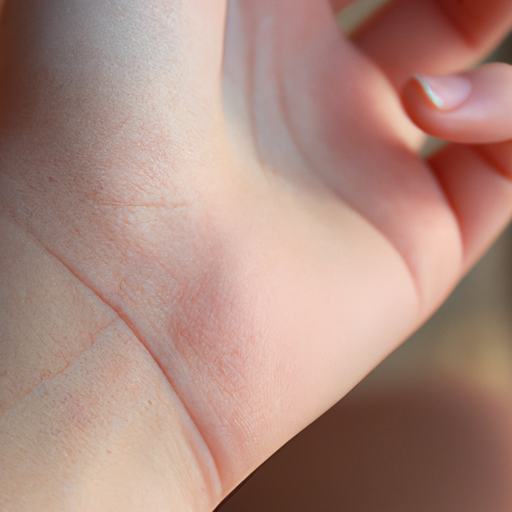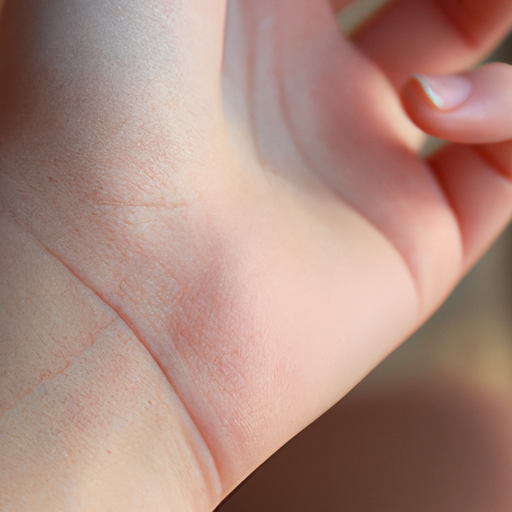The pursuit of radiant, glowing skin has led to the development of a myriad of skincare products, with exfoliants being a significant part of this beauty arsenal. Exfoliants are crucial in maintaining healthy skin as they help remove dead skin cells, unclog pores, and promote skin renewal. This article aims to provide a comprehensive guide to face and body exfoliants and their usage.
Exfoliants can be classified into two main categories: physical and chemical. Physical exfoliants use small particles, beads, or brushes to physically scrub away dead skin cells. Examples include sugar or salt scrubs, facial brushes, and microdermabrasion creams. On the other hand, chemical exfoliants employ acids or enzymes to dissolve the bonds between skin cells, allowing them to shed naturally. Alpha hydroxy acids (AHAs), beta hydroxy acids (BHAs), and retinoids are common types of chemical exfoliants.
Physical exfoliants are typically recommended for individuals with normal to oily skin types as they can effectively remove excess oil and impurities. However, they should be used sparingly, typically once or twice a week, as over-exfoliation can lead to skin irritation and damage. When using physical exfoliants, it’s important to apply gentle pressure in a circular motion to avoid scratching the skin.
Chemical exfoliants are suitable for all skin types but are particularly beneficial for those with sensitive or acne-prone skin. AHAs like glycolic and lactic acid are water-soluble and work on the surface of the skin, making them ideal for dry or sun-damaged skin. BHAs such as salicylic acid are oil-soluble, penetrating deeper into the pores to remove dead skin cells and excess sebum, making them perfect for oily and acne-prone skin. Retinoids, derivatives of vitamin A, work at a deeper level to stimulate collagen production and speed up cell turnover.
When using chemical exfoliants, it’s crucial to start slowly, perhaps once a week, and gradually increase the frequency as your skin acclimates. Also, always remember to apply sunscreen during the day as these ingredients can make your skin more sensitive to the sun.
Body exfoliants, on the other hand, can be more abrasive than facial ones as the skin on our body is thicker. They help to remove dead skin cells, leaving the skin smoother and more radiant. Body exfoliants can also help prevent ingrown hairs by keeping the pores clear.
In conclusion, exfoliation is an essential step in any skincare routine. It helps to keep the skin looking fresh, radiant, and youthful by promoting cell renewal and improving texture and tone. However, it’s important to choose the right type of exfoliant for your skin type and use it correctly to avoid any potential damage. Always remember that while exfoliation can lead to immediate results, consistent use over time will yield the most significant benefits. So, unveil your radiance with the right exfoliant and let your skin glow like never before.




